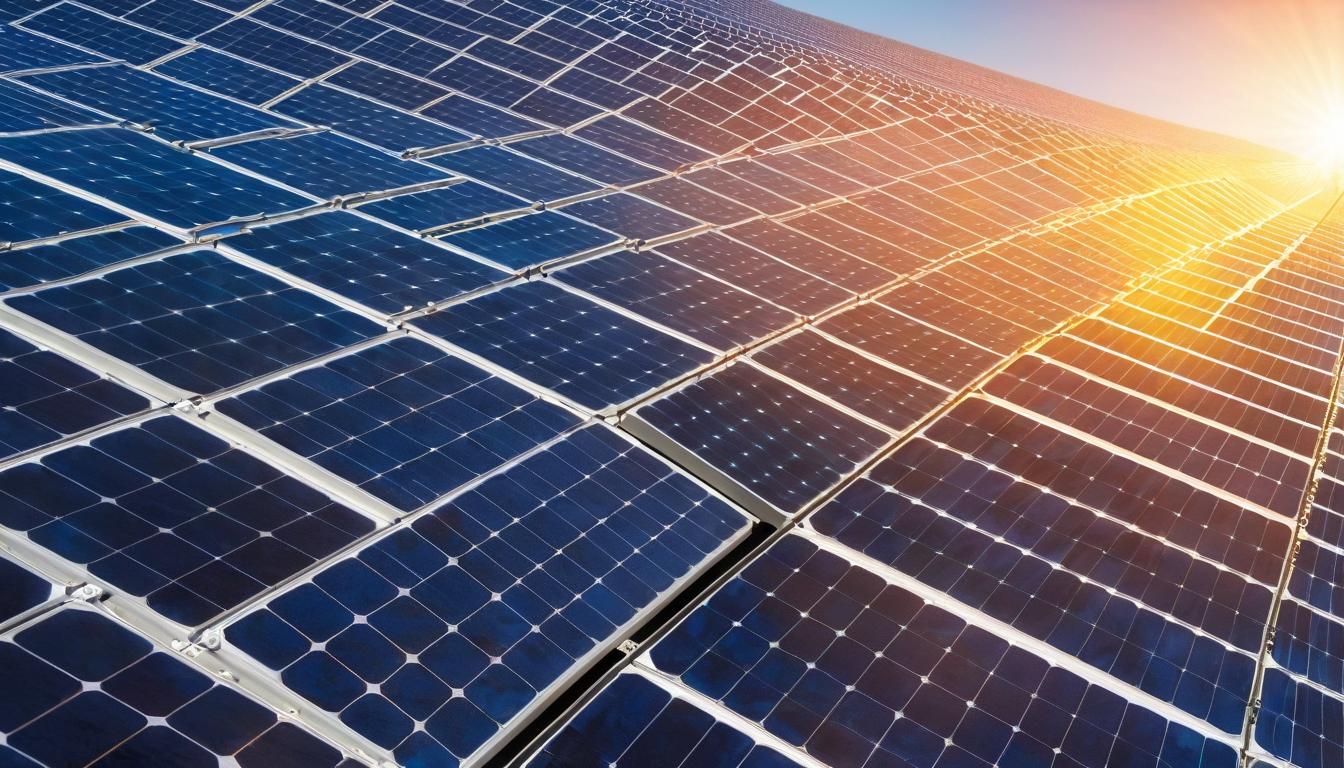Across America's sun-drenched rooftops and sprawling desert landscapes, solar panels are multiplying at a pace that would have seemed like science fiction a decade ago. Homeowners are embracing rooftop solar at record rates, while utility-scale projects are transforming entire regions. But beneath this green energy triumph lies a brewing crisis that threatens to stall the entire renewable energy transition.
The grid—that aging, complex web of transmission lines and substations that powers our modern world—is showing its age. In California, where solar adoption has exploded, the state's grid operator has been forced to curtail solar generation during peak production hours. Essentially, they're telling solar farms to shut down because there's nowhere for the electricity to go. This isn't just a California problem; it's a preview of challenges coming to grids nationwide as solar penetration increases.
Meanwhile, the solar industry itself is undergoing a quiet transformation that could reshape energy markets. The rise of bifacial panels—solar modules that capture light on both sides—is boosting energy production by up to 20% without requiring additional land. These technological advances are happening alongside dramatic cost reductions that make solar increasingly competitive with fossil fuels, even without subsidies.
The battery storage revolution might hold the key to solving the grid congestion problem. Large-scale energy storage systems are being deployed alongside solar farms, capturing excess generation during sunny afternoons and releasing it during evening peak demand. This marriage of solar and storage is creating what energy experts call 'solar-plus' systems that can provide reliable power around the clock, not just when the sun shines.
But the transition isn't without its casualties. Traditional utilities are grappling with how to adapt their business models to a world where customers can generate their own power. Net metering battles are raging in state legislatures across the country, pitting solar advocates against utility companies in high-stakes regulatory fights that will determine the economics of rooftop solar for years to come.
The international solar supply chain adds another layer of complexity. While China dominates solar panel manufacturing, new trade policies and domestic manufacturing incentives are reshaping global supply routes. Recent investigations have raised concerns about forced labor in parts of the solar supply chain, prompting soul-searching within the industry about how to ensure ethical sourcing while maintaining competitive pricing.
Community solar projects are emerging as a solution for renters and homeowners who can't install rooftop systems. These shared solar gardens allow multiple households to subscribe to a single solar array, expanding access to clean energy beyond the traditional single-family home market. The model is particularly promising for low-income communities that have historically been left out of the clean energy transition.
As solar continues its march toward becoming America's dominant energy source, the industry faces both unprecedented opportunities and formidable challenges. The technology has proven itself; now the real work begins—rebuilding our energy infrastructure to harness the sun's full potential while ensuring the transition benefits all communities, not just the privileged few.
The coming years will test whether our grid can evolve as quickly as our solar technology. The stakes couldn't be higher: get it right, and we unlock a clean energy future; get it wrong, and we risk squandering the solar revolution's promise.
The solar revolution is here, but the grid isn't ready

